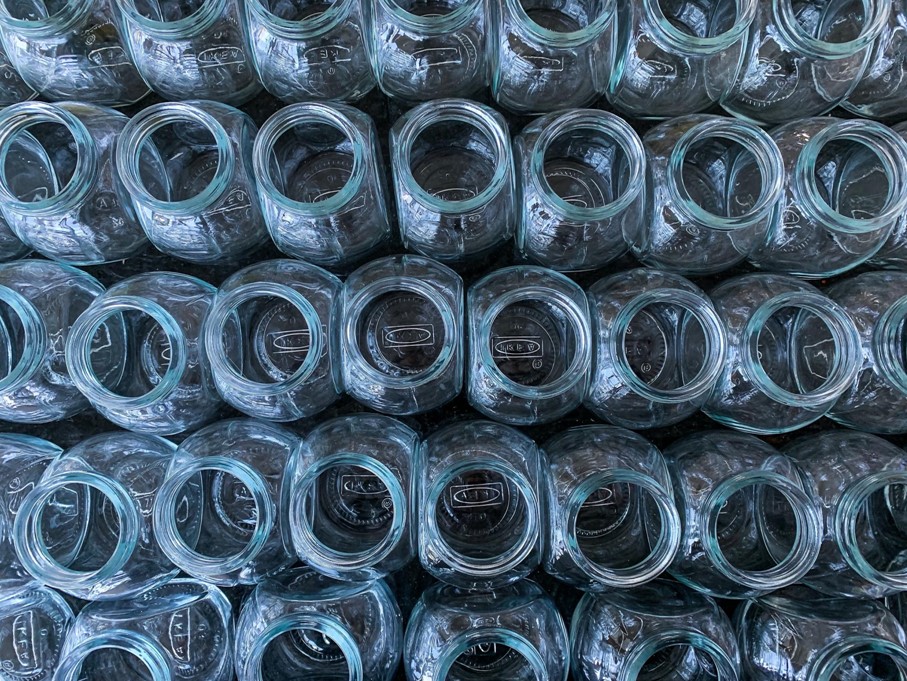Glass is one of the essential constituents of our lives these days, whether our mobile screens, laptop screens, glass tables, office tables, windows, or any other thing surrounding us. But a single type of glass cannot provide us with all of our needs, due to which we need different types of glasses to serve our different needs.
The type of glass that can serve our one specific need depends on its rigidity, toughness, versatility, and current market price. Today, we will discuss the two most widely used glass types in the whole world, tempered glass and borosilicate glass.
Tempered glass is the topper of the league of providing the robust and safer variant of glass to us whereas borosilicate glass is a crack-resistant glass type that can serve in many household and laboratory activities.
What is untreated glass?
Before getting deeper into the discussion about the upgraded variants, let’s talk a little more about our good old untreated or regular glass. Regular glass is quite a valuable substance in itself and can provide many uses to us. But its most significant downside is its limitation of braking very quickly.
The regular glass tends to shatter into small or big shards when it suffers a little more than its capable force. Besides shattering to life-threatening shards after breaking, it also cracks easily when it experiences a sudden change in its surrounding temperature.
Both of these downsides of the regular glass are the very reasons for the birth of its more robust and reliable variants, the borosilicate glass and tempered glass, which we will talk more about below.
Borosilicate glass
The glass that consists of boron trioxide is known as borosilicate glass. This glass variant has a considerably low coefficient of thermal expansion, the tendency to expand after suffering a sudden temperature change. This property of borosilicate glass makes it crack-resistant to sudden changes in temperature.
The durability of this glass variant makes it perfect for being put into use in high-end restaurants, wineries, and laboratories as well. The magical element that converts our good old regular glass into a full-fledged thermal shock-resistant piece of borosilicate glass is boron trioxide, which takes about 15% of the total molecular structure of borosilicate glass.
The thermal resistance of borosilicate glass is addition and its strongness and durability, making it better than regular glass. The preparatory procedures of borosilicate include the steps used for replacing the calcium carbonate compound in glass with that of boric oxide.
Tempered Glass
The variant of glass known worldwide as safety glass due to its challenging characteristic is tempered glass. The regular glass is converted to this variant with the help of chemical or heat treatments. Both of these treatments increase the strength of this glass variant and make it about 4 times stronger than the regular glass.
The process by which regular glass is converted to tempered glass is known as tempering. Tempering is a process in which the outer surface of the glass is first cooled from a near-lava temperature so that it can be gotten through compression and put tension to its inner filling.
Not only does this increase the toughness of the glass but also reforms its inner structure in such a way that when it faces a considerable amount of force and breaks, it falls in the form of small granular chunks instead of sharp-edged shards that can be fatal to your body. This makes it a better and safe option than the regular glass.
Difference between tempered glass and borosilicate glass
After knowing a bit about the good old regular glass, along with a brief description of both tempered as well as borosilicate glass, it is time for us to move on to know about the differences between both of these glass variants. So, let’s get started with tempered glass vs borosilicate glass.
1. Thermal Shock Resistance
Though both borosilicate and thermal glass variants are made to provide a solution that consists of better thermal shock resistance than their basic regular glass, there is some difference in the resistance power between both of these glass types.
When compared between the two, the borosilicate glass wins the competition as its chemical composition of boron trioxide provides better thermal shock resistance. This property of borosilicate glass makes it the best material to use for making kitchen utensils, such as a glass jar, and laboratory equipment as they need to suffer drastic changes in their temperatures.
2. Toughness
As said before, both the glass variants, borosilicate glass, and tempered glass, are made to be more demanding and robust than their regular counterparts. But one between these two still stands as the more substantial option. This difference in their toughness is due to the process with which they are made.
We know that the regular glass is changed to borosilicate glass through the chemical method of adding boron trioxide to its chemical equation. But the tempered glass is made through the process in which its outer layer first becomes compact and then puts the tension on its interior to create a better binding of its content.
Due to such closeness of elements, the tempered glass becomes the winner of this round and the strongest among both of these glass variants.

Leave a Reply